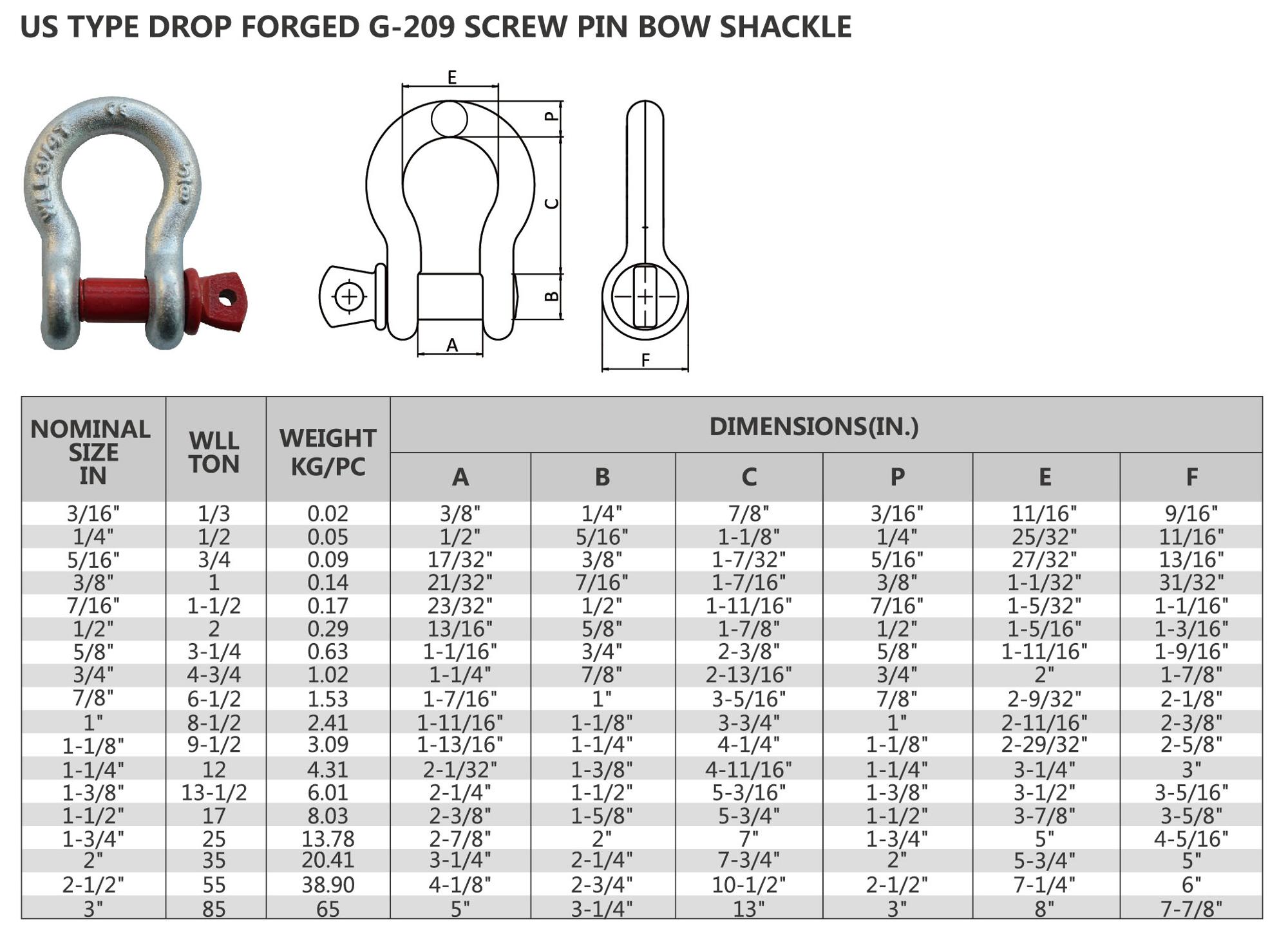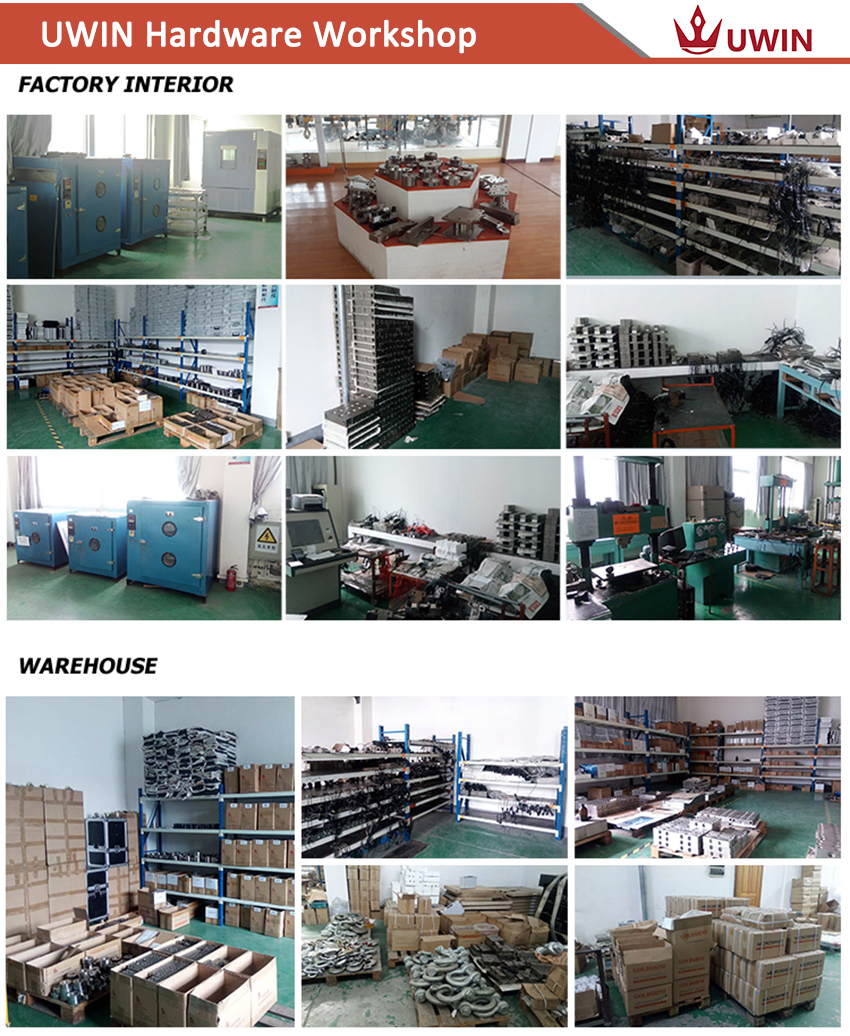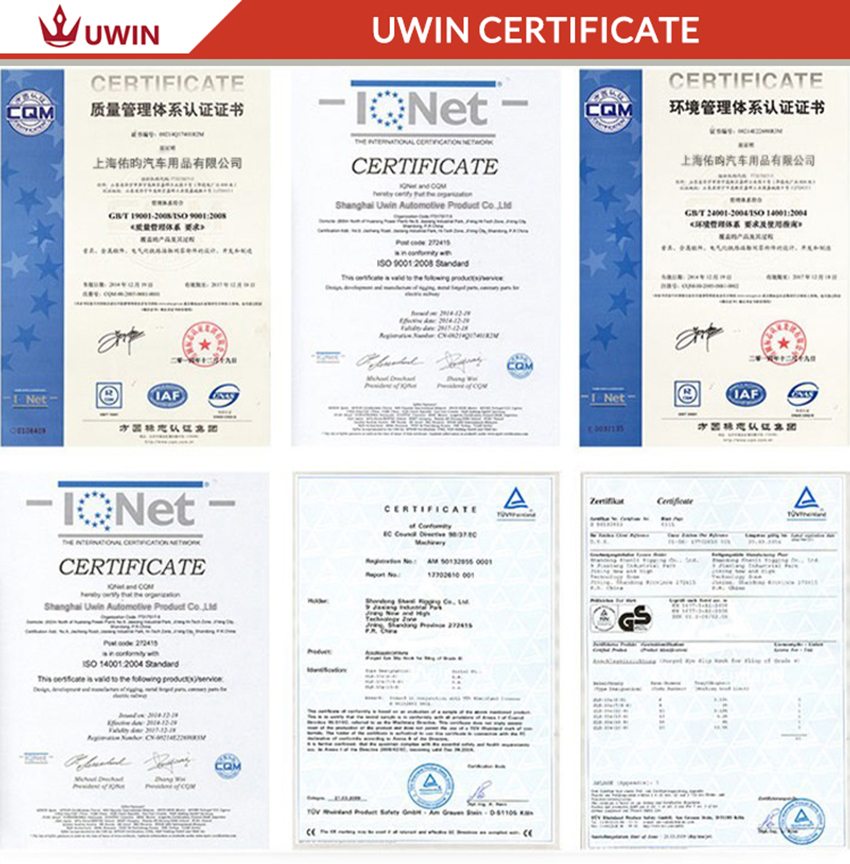Partially mixed flotation process The process of first extracting two useful minerals from the ore to obtain a roll concentrate, and then separating the mixed concentrate into a single concentrate, is called a partial mixing flotation process (Figure 7). This is the most widely used process in production. When the copper and molybdenum ore, copper, lead, copper, zinc, lead and zinc grade lower one, often using such processes more economical, our peach orchard, Huanren, Tianbao, River three ZHANGGONGLING, IL incense, eight Such processes are used in copper, lead and zinc plants. The floatable flotation process is based on the floatability of minerals in the ore, and the flotation is good, medium and poor minerals are selected in turn, and then the mixed concentrates are sorted out and useful. The process of minerals, called the flotation flotation process (Fig. 8), such as the Huangshaping lead-zinc ore dressing plant in China, the process of the original Soviet Zezkaz dry copper-lead ore dressing plant belongs to this category. In order to adapt to the trend of ore turning to “poor, fine and miscellaneousâ€, most of the flotation processes in the world are developing. While ensuring a high number and quality indicators, the comprehensive utilization of ore is the focus of the reform process. The development of the process structure mainly has the following aspects: 2) In the various beneficiation stages, the control of grinding and flotation and the adjustment of the conditions (mineral particle size, slurry concentration, pharmaceutical system, treatment time, etc.) are very favorable and unique; (3) Branch flotation process As shown in Fig. 11, it has a lower ore grade ore. It can improve the original ore grade by itself; the refractory and fine-grained part of the pulp can be carried as the carrier by the former flotation product (foam); it can also reduce the drug consumption by means of the remaining medicament in the former foam product. These advantages are considered to be good conditions for improving the beneficiation index. Our Silver Hill lead and zinc processing plant applied in the process of transformation process, and achieved good results. (4) Pre-selection of heavy medium—Flotation process Pre-selection of heavy medium before flotation of lead-zinc ore can greatly abandon waste (displacement of 35~40%), increase the grade of ore selected, and gradually decrease the grade of ore. under guarantee or improve metal recoveries. The lead-zinc ore heavy medium pre-selection-flotation process is increasingly widely used. For example, after the pre-selection of the ore by the Lennongorsk plant in the former Soviet Union, the heavy product and the fine-grain grade ore were separately treated to increase the metal recovery rate. ~2.5%), while reducing processing costs. In addition, such as the former Soviet Zlynovsk and Dikske, the United States Bab-Barnes, Japan's fine, the Canadian Suliwan, West Germany, the Ami-Salda of Masua, Italy and Poland The sulphide ore, oxidized ore and mixed lead-zinc ore dressing plants of Yankusuke have successfully adopted the heavy medium pre-selection process. This process has also been adopted in China's Chaihe lead-zinc ore dressing plant.
Rigging Hardware, More Than Thousands Variety. Including Connecting Link, Safety Hook, Eye Hook, Clevis Hook, Master Link, Master Link Assembly, Etc.
1) Standard: European Type, US Type, DIN Type, JIS Type.
2) Grade: G100 G80 G70 G43.
3) Materlal: Alloy Steel, Carbon Steel, EN 1677 Material.
4) Surface : Powder Coated,Painted,Zinc,HDG.
5) Process: Forged, Quenched and Tempered.
6) Specification:6MM 7/8MM 10MM 13MM 16MM 18/20MM 22MM 26MM 32MM.
7) Packing: The Size Of A Pallet Is 1.05*0.9*1M, And 60Ctns ,Sacks Or Two Orin Drums Per Pallet Or Wooden Case.
8) Special Specification And Marks Can Be Made According To Customer's Requirement.
Screw Pin Shackle,Steel Lifting Bow Shackle,Crosby Shackle,Offroad Shackle Shanghai Uwin Automotive Product Co.,Ltd , https://www.uwinoffroad.com


(1) Stage grinding process is valued One type of “L-S (Cleaner-Scavenger) process†(Fig. 9) has become a model for processing large-scale molybdenum-bearing porphyry copper ore beneficiation . It has played a positive role in expanding the raw material base of the copper and molybdenum industry because it can promote the production of new lean deposits and utilize the medium and low grade ore of the mined mines. [next]
The "L-S process" is essentially a hybrid-priority process. It has the following advantages:
1) The process, equipment and design layout are not complicated. Due to the closed-circuit regulation, the automatic control is reliable and the production is stable. 
3) The mill and flotation machine in the first stage of beneficiation have high productivity, lowest investment and operating expenses, and high process indicators;
4) The large amount of waste tailings discharged during the production process has a coarse particle size and is easy to stack. It can then be used in construction and other industries, and can also be used as a filling material for underground mining.
The above advantages are very important for the economic efficiency and production stability of the plant.
(2) Grading-level flotation and intermediate flotation, fractionation-level flotation and silt separation process, in order to expand the lower limit of particle size recovery of fine-grained minerals when processing ore with fine-grained, easily muddy and mud-rich ore Reduce the interference of slime, rational use of drugs, etc., fractional flotation and mud and sand sorting processes as a new process to improve the efficiency of sorting, such as the special temperature in the United States, the Morgan Hill in Australia The copper ore beneficiation plant, the former Soviet Union Zhezkazgan and Bakhash selection plant, and the Japanese pine peak selection plant all adopted the mud sand separation process, and the process indicators were greatly improved.
Intermediate flotation The use of intermediate flotation under coarse grinding conditions is an effective measure to reduce the mineral mudation of the monomer dissociation state. Production practice has found that there are quite a few useful minerals in the coarse-grained grade after coarse grinding. This monomer dissociation is not able to overflow with the cyclone into the flotation circuit due to its coarse particle size, but before the flotation No need to re-grind, for this purpose, the intermediate flotation is designed to recover the dissociated coarse ore particles in time, and the tailings are sent to the classification operation or returned to the grinding (Fig. 10). Therefore, the over-grinding phenomenon is obviously alleviated, and the useful minerals are in the fine particles. The amount of loss has decreased. At the same time, the average particle size of the final concentrate increases, which helps to filter and reduce the moisture of the filter cake. In recent years, the coarse flotation cell and flash flotation method developed by Outokumpu of Finland will make the intermediate flotation process more perfect and practical. 



